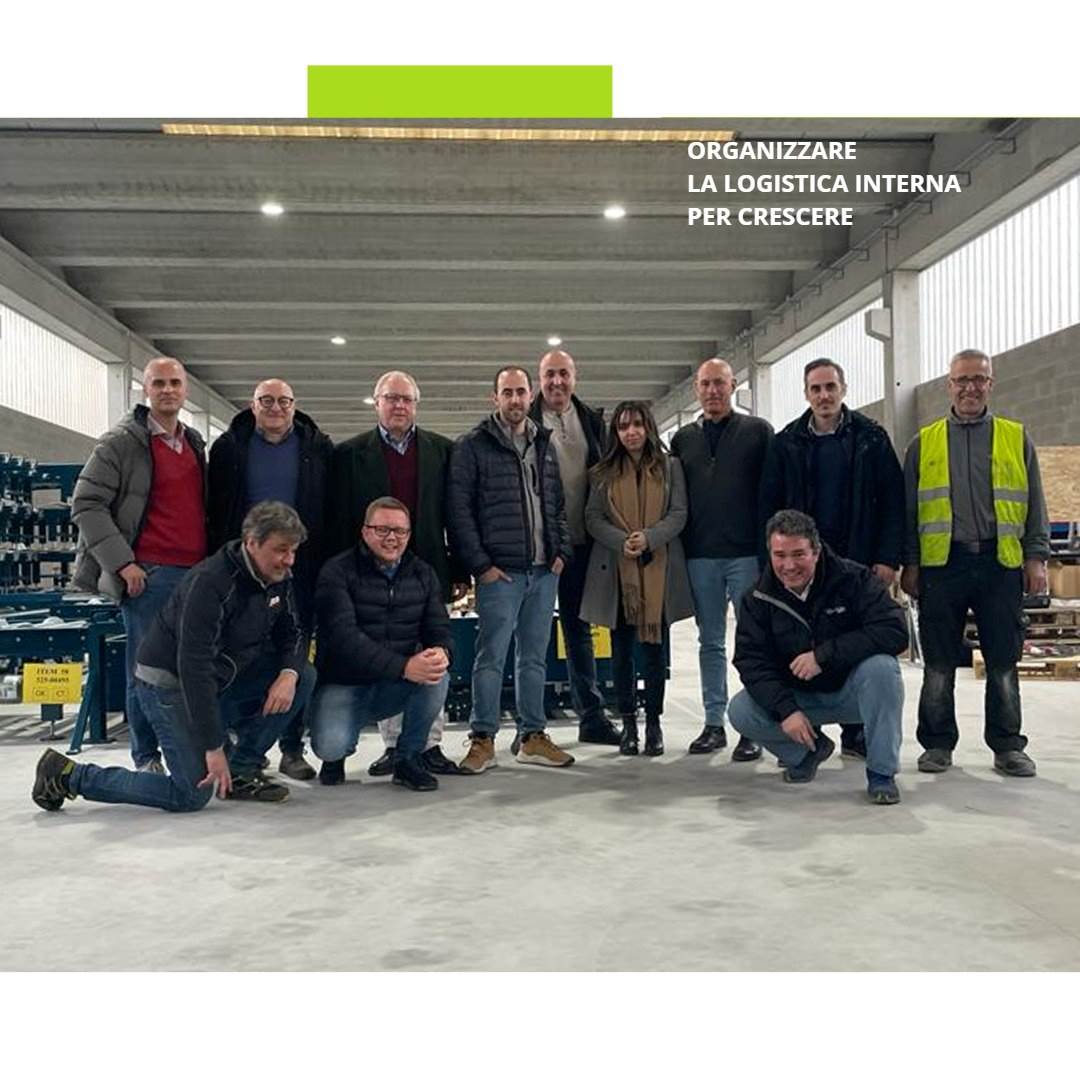/ 24/02/2023
Internal logistics to develop growth strategies
Logiss recently hosted a delegation from an important Israeli customer at its headquarters in Rovereto for the FAT or Final Acceptance Test. The FAT is a quality control test that is carried out on the finished product before delivery to the customer so that the customer can verify that the product meets all the requirements specified in the sales contract and technical specifications.
The FAT in this case, due to the large size of the plant, took place in two different locations with a series of functional, integration and performance tests to verify the correct operation of the machines and compliance with all technical specifications. More than 1,000 machines are to be delivered throughout 2023, and it is an automated warehouse system with a total of 45 stacker cranes. But what is the route to the FAT? What are the key words in project development?
Collaboration, sharing and comparison. Every project that is developed at Logiss is the result of a process that involves the customer and all departments at Logiss. From sales to design to production and installation, each Logiss system is conceived to solve concrete needs and become a tool for supporting and developing our customers' activities. Internal logistics plants are essential for business development as they improve the efficiency of the entire production process and delivery of products to customers. They reduce production time, improve product quality and increase customer satisfaction.
To develop a business through internal logistics facilities, it is important to follow a few key steps:
In summary, internal logistics facilities are essential for business development as they improve the efficiency of processes p
The FAT in this case, due to the large size of the plant, took place in two different locations with a series of functional, integration and performance tests to verify the correct operation of the machines and compliance with all technical specifications. More than 1,000 machines are to be delivered throughout 2023, and it is an automated warehouse system with a total of 45 stacker cranes. But what is the route to the FAT? What are the key words in project development?
Collaboration, sharing and comparison. Every project that is developed at Logiss is the result of a process that involves the customer and all departments at Logiss. From sales to design to production and installation, each Logiss system is conceived to solve concrete needs and become a tool for supporting and developing our customers' activities. Internal logistics plants are essential for business development as they improve the efficiency of the entire production process and delivery of products to customers. They reduce production time, improve product quality and increase customer satisfaction.
To develop a business through internal logistics facilities, it is important to follow a few key steps:
- Analysis of current production processes: Before installing new internal logistics facilities, it is important to understand current production processes and identify critical points that can be improved.
- Design of efficient internal logistics facilities: Once the critical points have been identified, it is possible to design internal logistics facilities that improve the efficiency of the production process. This may include the installation of robots, conveyors, automated storage, packaging and material handling systems.
- Employee training: Once new internal logistics equipment has been installed, it is important to provide training to employees to ensure that they are able to use it efficiently and safely.
- Continuous monitoring and improvement: Finally, it is important to continuously monitor and improve production processes and internal logistics to ensure that the business is always on the cutting edge and able to meet customer needs efficiently.
In summary, internal logistics facilities are essential for business development as they improve the efficiency of processes p
